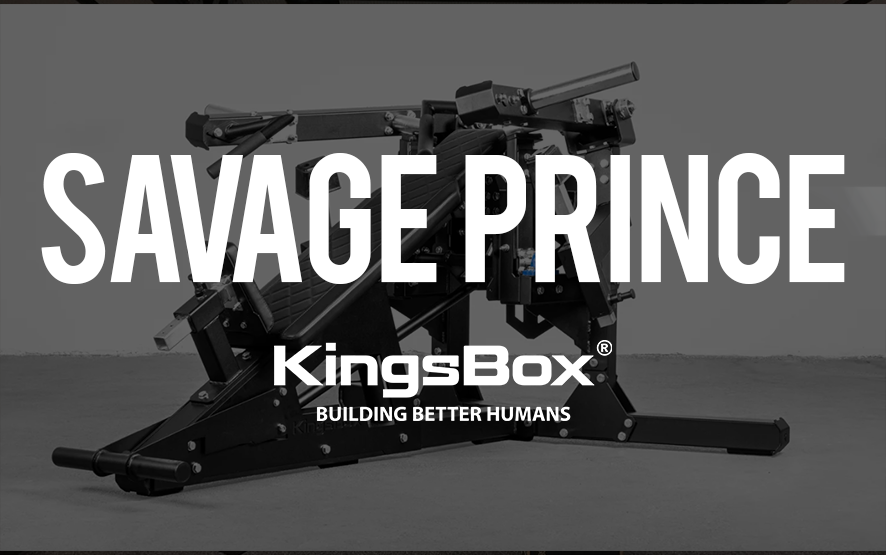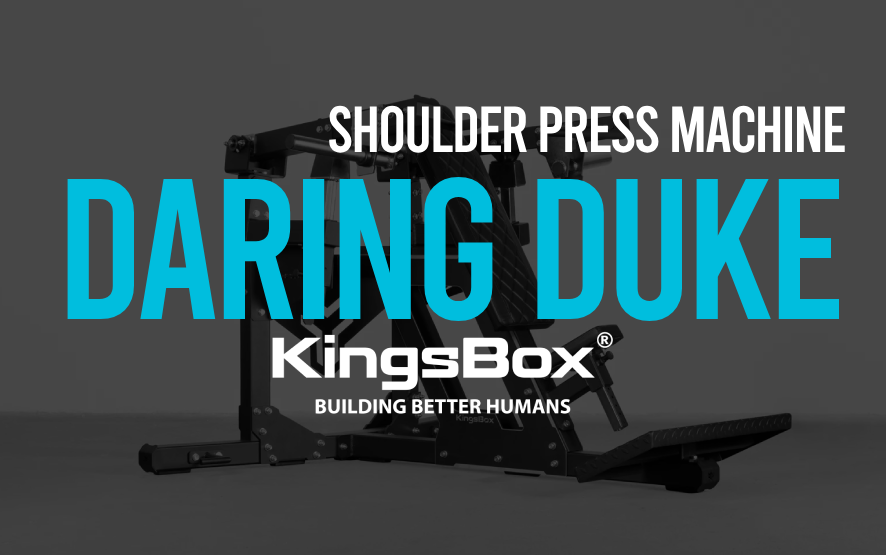In the years, I’ve been involved with crosstraining there is one question that keeps turning up: what barbell should I choose? Choosing a barbell, especially if it is your first, can be a little overwhelming. There are many different types of Olympic barbell on the market with new models turning up every month. But if you know what information to look for your choice will be much easier. That is why I’ve decided to write this quick guide trough the 6 most important features of an Olympic Barbell and how these features affect the character of the bar.
Indice dei contenuti
Men’s and Women’s Olympic Barbells are not the same.
They have different grip diameters, length, and weight.
– Men’s Barbells:
- Weight: 20 kg
- Length: 2200 mm
- Diameter: between 28 and 29 mm
– Women’s Barbells:
- Weight: 15 kg
- Length: 2010 mm
- Diameter: 25 mm
– Joungsters/beginners Barbell
- Weight: 10 kg
- Lenght: between 1520 and 1770 mm
- Diameter: 25 mm
Most of the barbells on the market follow these parameters, but better check the specifications. If the barbell you are looking at has no description it is most likely a Men’s barbell.
The barbells for Weightlifting, Powerlifting and a Hibryd barbell each have different features
Just looking at these 3 different barbells next to each other we can spot 2 differences: the Knurl Marks and the length of the barbells. The third difference, although very important, can not be spotted by the bare eye. The difference is in the material of the bar.
Weightlifting Barbell
The Knurl Marks on a weightlifting barbell are located further apart. The bar has a smaller diameter, between 28 and 28,5 mm. And the steel is more elastic; this way the bar can bend more and have a better “Whip” to it. This is important when doing the classic weightlifting exercises: the Snatch and Clean & Jerk. In Weightlifting barbells are divided into Women’s and Men’s barbells.
Powerlifting Barbell
Because of the nature of the powerlifting exercises (deadlift, back squat, bench press), the bar must be designed to withstand heavyweight. It is also made from more rigid steel because that “Whip” that helps when doing a Snatch only obstruct you when doing a deadlift. The Knurl Marks are spaced closer together and the diameter is wider. Men and Women use a barbell with the same specifications.
You can start to see that choosing the right barbell for you on a big part depends on what sport or exercises you intend to with it.
Hybrid Bar
It’s a bridge between two worlds, Weightlifting and Powerlifting. It has dual marks, the weightlifting and powerlifting marks. It has a medium “Whip” and is appropriate for functional and cross-training both at home and in the gym.
Central knurling – is it necessary?

The International Weightlifting Federation (IWF) and the International Powerlifting Federation (IPF) specify that central knurling as a must-have for a men’s barbells. But in the gyms, it is not that often that you come across a barbell with central knurling. It is less harsh than the side knurling.
The Hybrid Bars don’t have central knurling. That is because the hybrids are designed for functional and cross-training where high repetition sets of exercises are the norm. Athletes doing high reps could hurt their knees or sheens if there was a central knurling.
Needle roller bearings, bushings, ball bearings – what is the difference?
First, why would you want your barbells sleeves to spin? When you do snatches, for example, the angular acceleration of the weights will torque the bar in your palms which would need to be stabilized so you don’t fall backward. So here is where the bearings come in – they make the sleeves spin.
Bushings
Made from material that has low friction, usually from a bronze alloy. They are put in between the bar and its sleeves. Bushings are common in low budget barbells because they are cheaper to produce. Their main advantage is that they are will last long.
Ball Bearings
Their best feature is they allow for a great spin, but they have a short shelf life. They are prone to rust and don’t handle being dropped without the weights very well. They usually use them in the middle price range barbells.
Needle roll bearings
They have a long shelf life are more tolerant of being dropped and have a good spin. But they are also expensive. That is why the end product, the barbell is expensive too. But some brands have some pretty attainable quality barbells with needle bearings if you want to invest. Check KingsBox, Rogue, Eleiko, Ivanko or American Barbells.
Tensile strength test
The name of the test doesn’t mean anything to you? Well, I am here to explain. It is a process that tests how much pressure it takes for a barbell to deform permanently. It is measured in Pounds per Square Inch (PSI).
If the PSI of a barbell is not listed amongst its specifications it usually means it is lower quality and it is better to put it out of your shopping cart. And don’t be misled by carrying capacity. Without a PSI measure, this data is completely irrelevant.
Good quality barbells start at 165.000 PSI. When the PSI goes above 190.000 we start talking about supreme quality barbells.
If I quote the Ivanko Barbell Company, the renowned Olympic barbell manufacturer, no one should buy a barbell with a PSI lower than 190.000 PSI.
The rule of the thumb is: the higher the PSI the higher the price. But I manage to put together a list of fairly priced barbels that have a decently high PSI score: KingsBar II (by KingsBox), Rogue Bar 2.0 (Rogue), Bomba Bar (Fringe Sport).
The coating

Small things can make a huge difference. There are barbells on the market that are just raw steel, no coating but are harder to find. They usually have a coating of some sort: black oxide, zinc, black zinc, chrome or hard chrome.
That is although just raw steel has a better grip, it is harder to maintain a barbell without coating.
Black oxide offers some protection against rust but falls far behind all other coatings.
Zinc coating or black zinc offer quite good protection but quickly lose the shine. A still better choice is chrome or hard chrome.
And a great but really expensive option is choosing stainless steel. It has the same natural grip as raw steel but it does not rust.
A few last tips…
Don’t say I didn’t warn you: if you see a barbell with a screw/a knob sticking out, go away. It is a clear sign of bad quality design. This kind of cheap design is most common for Amazon or eBay stores, you won’t get a barbell like that form a well-known brand.
Another quick quality check feature is PSI (check the nb. 5). Most bad quality, cheaper than 100€ barbells fails this test.
When buying a barbell stick to the famous saying: I am not that rich to buy cheap. Because it will cost you more in the long run.
I would suggest sticking to the brands that take pride in their quality products and offer guaranty on them: KingsBox, Rogue, Eleiko, Ivanko or American Barbells.






